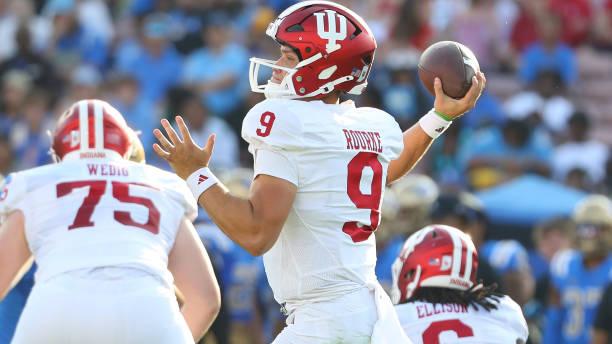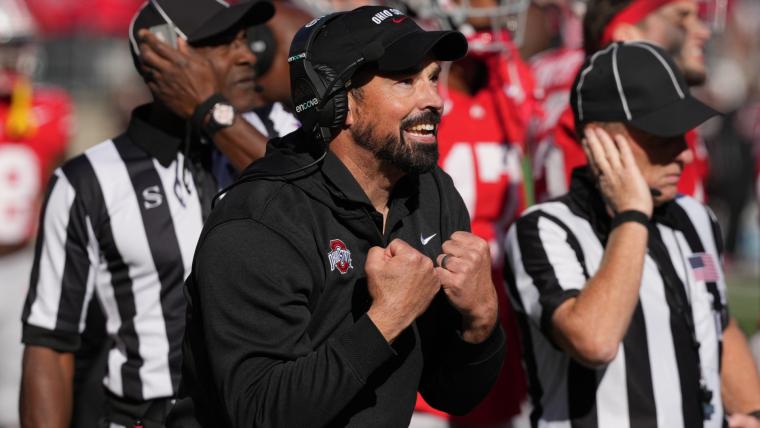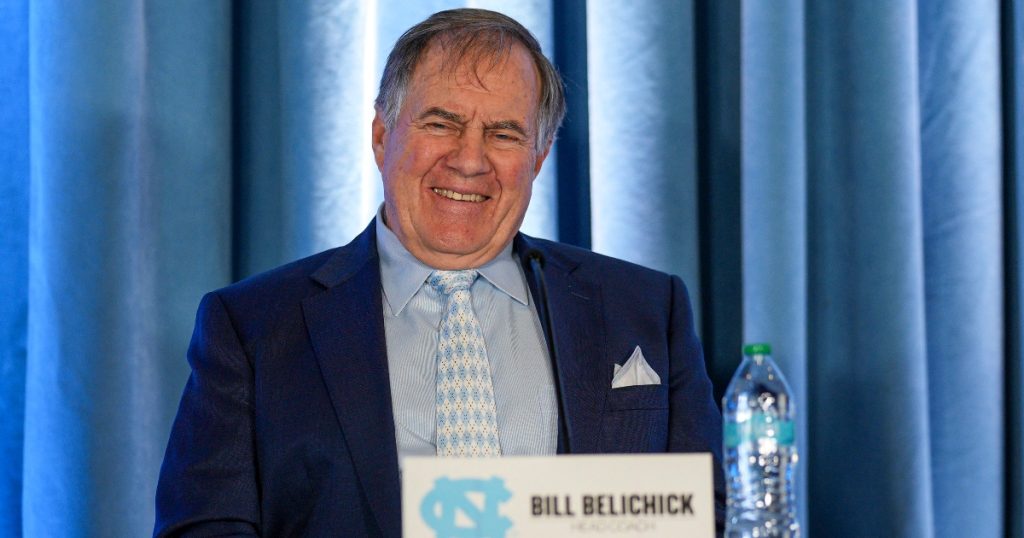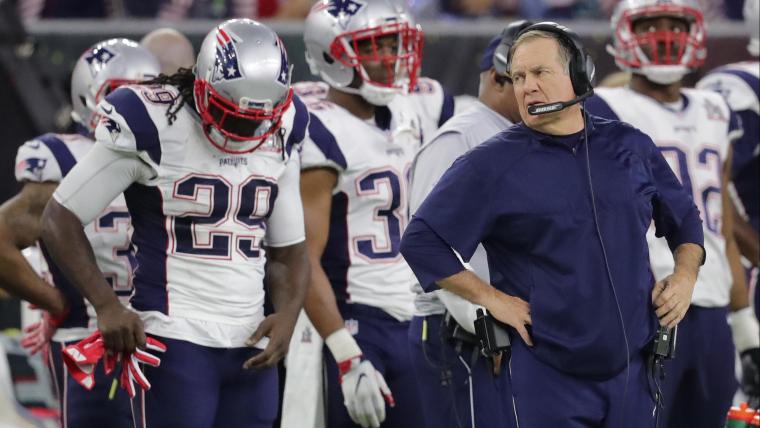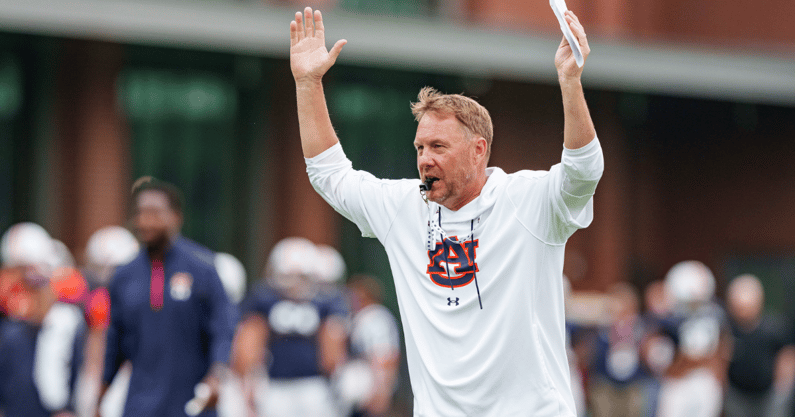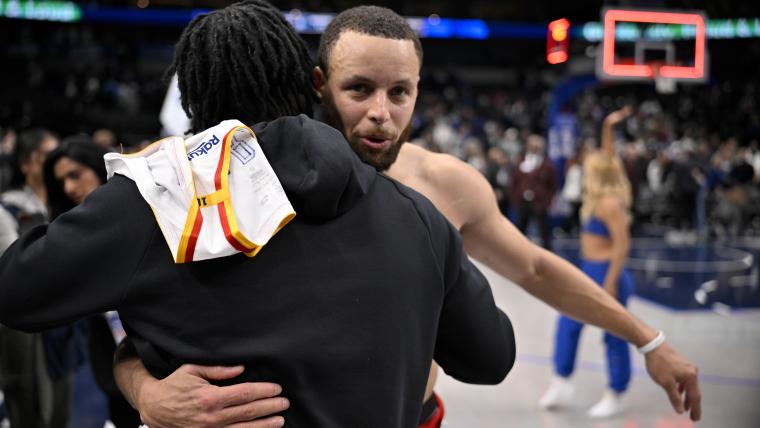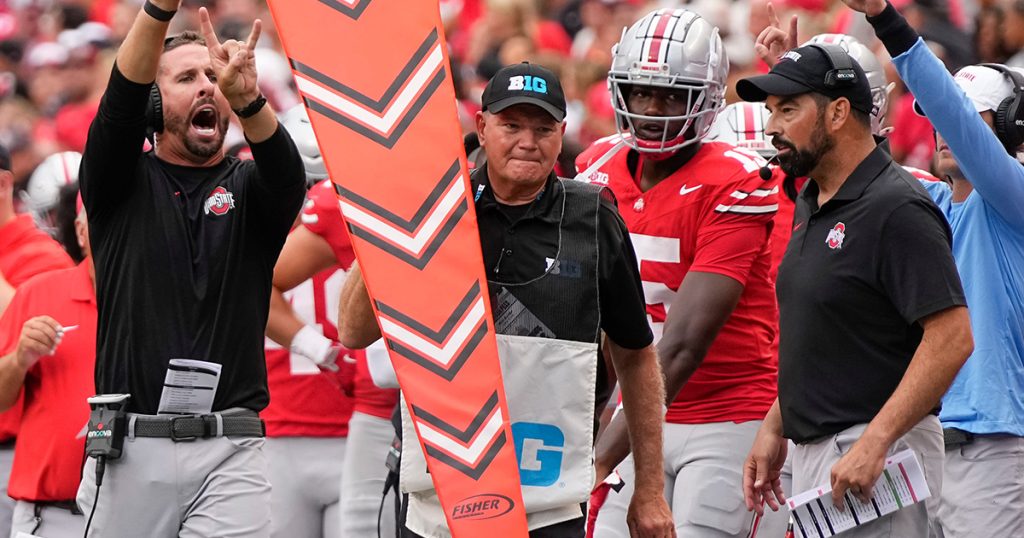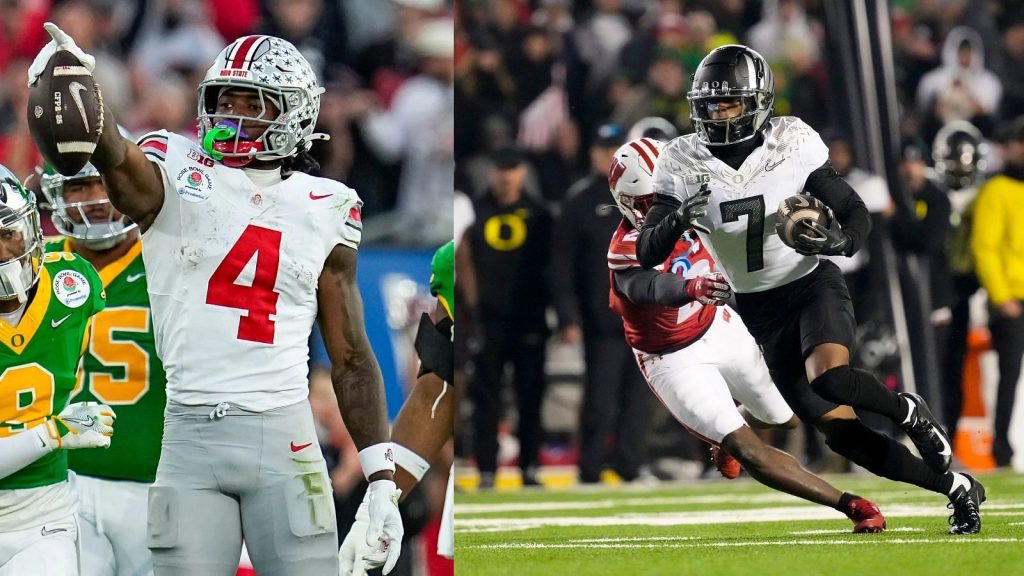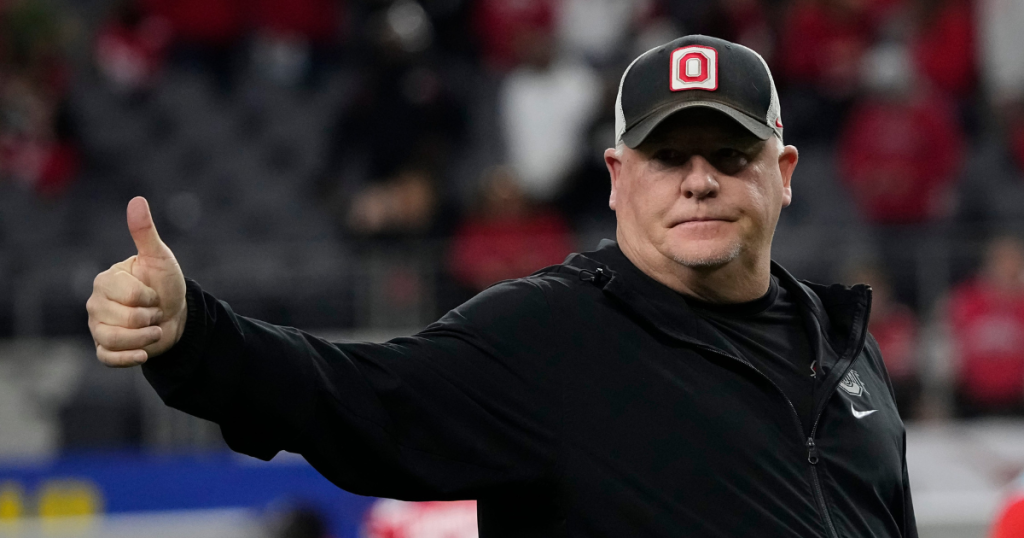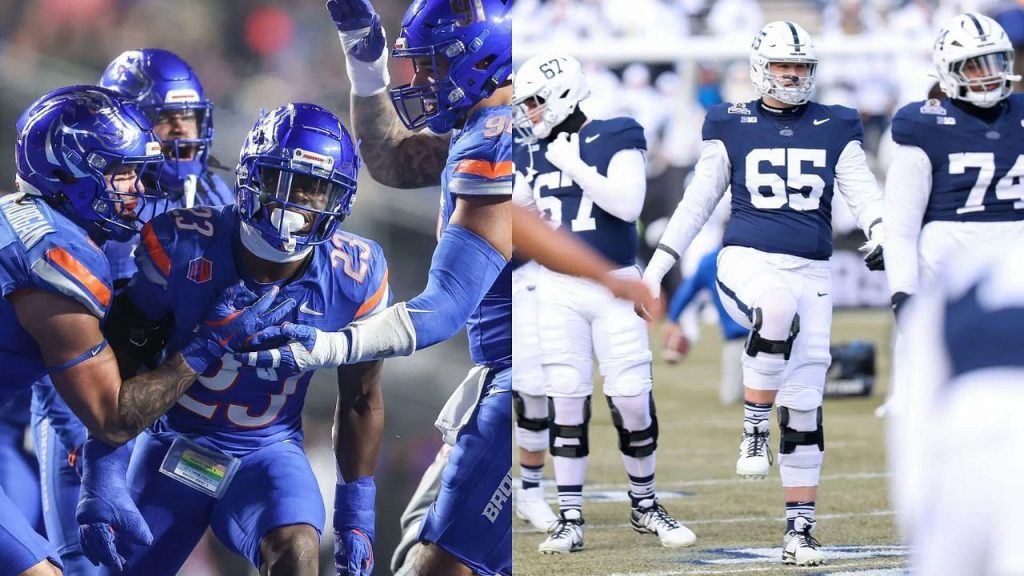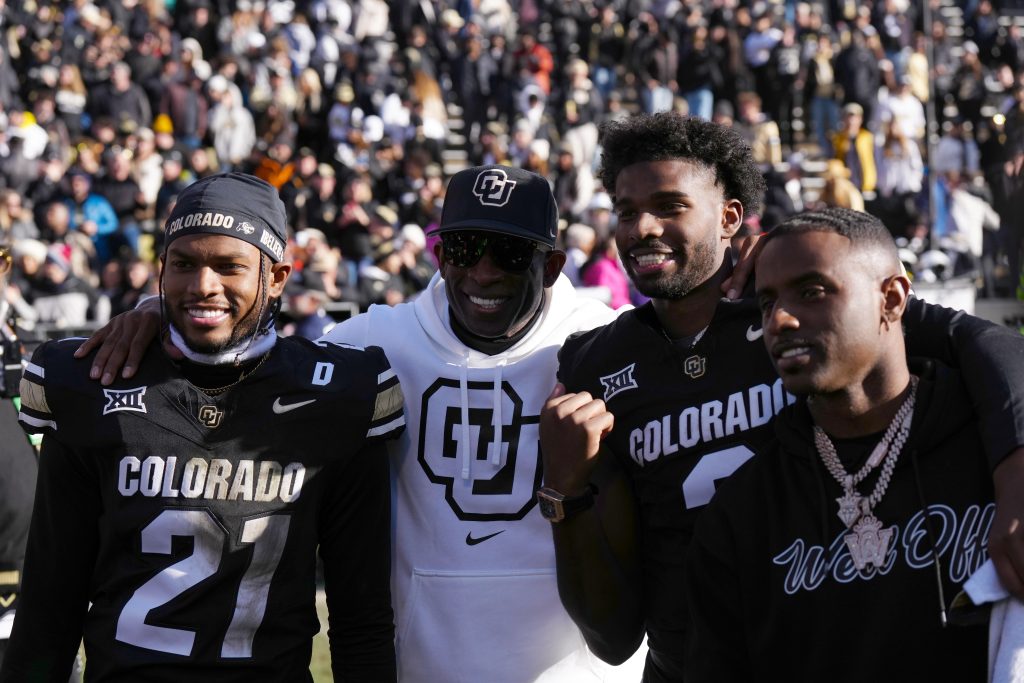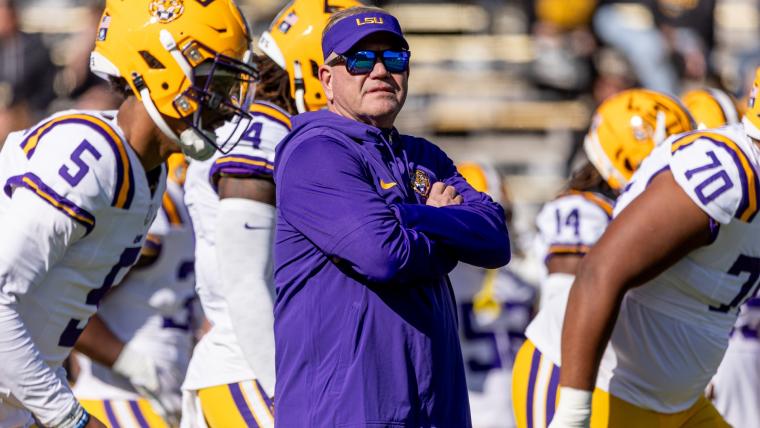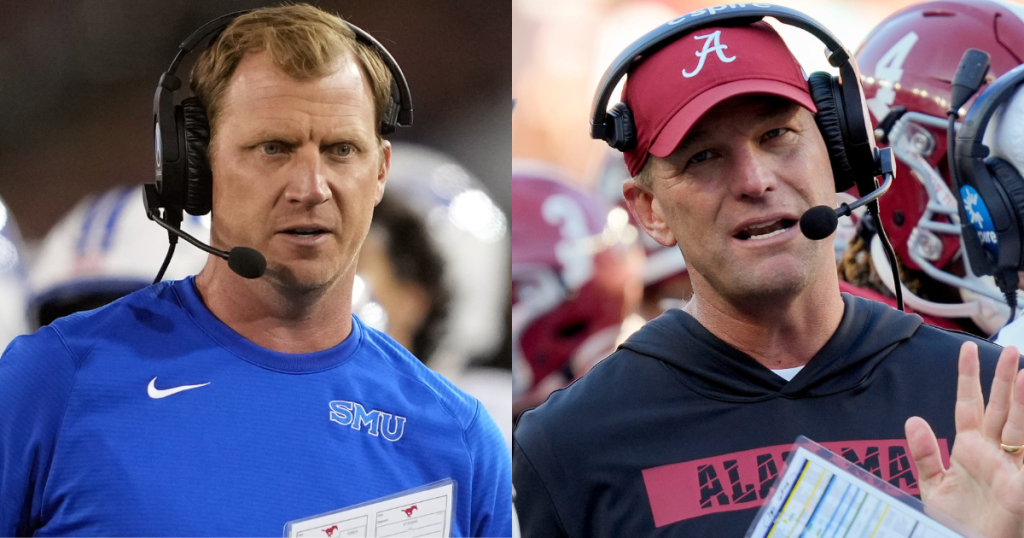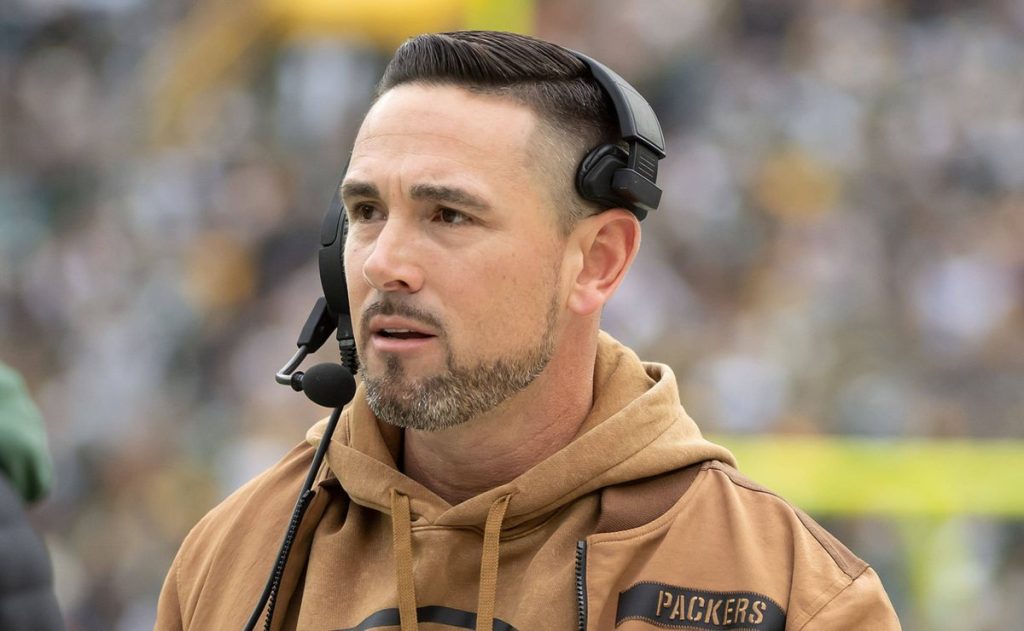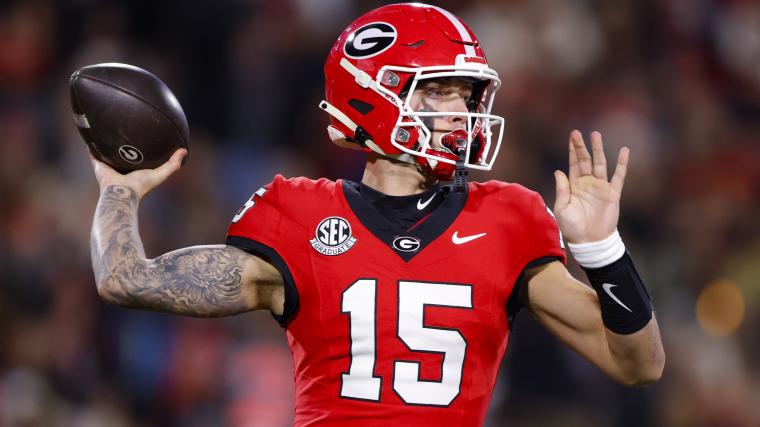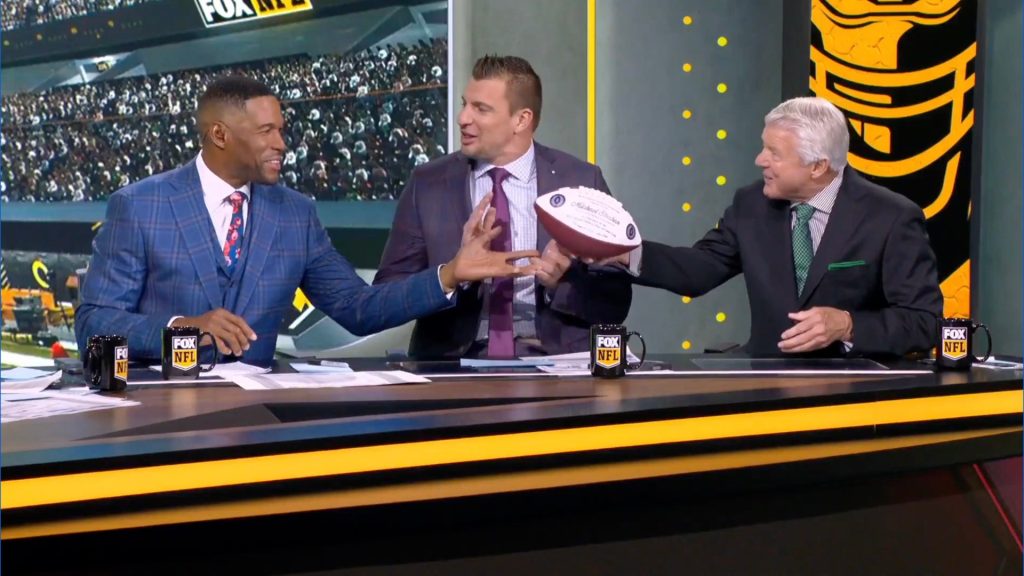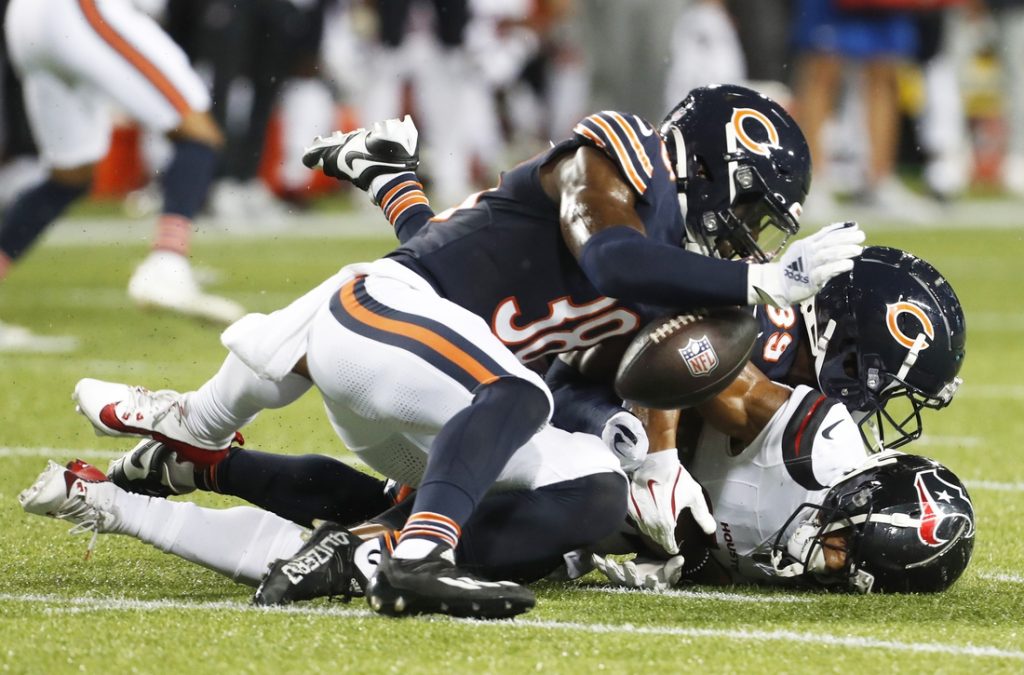Tommy Tuberville, a former head coach at Auburn and now a U.S. senator, recently stirred the pot while addressing the Birmingham’s Monday Morning Quarterback Club. While his primary focus was on legislation aimed at regulating Name, Image, and Likeness (NIL) rights for college athletes, it was clear that the conversation quickly veered into the realm of college football, particularly the College Football Playoff (CFP).
Indiana Hoosiers in the Spotlight
Tuberville took aim at the Indiana Hoosiers, using them as a prime example of what he sees as the pitfalls of the NIL and transfer portal era. “You pretty much buy a team now,” he remarked, highlighting how the rules have changed since his coaching days. He pointed out that Indiana went out and “bought” a football team, leading to their current undefeated status of 10-0. But, let’s take a closer look at that record. While it’s impressive on the surface, Indiana’s victories have come against teams with less-than-stellar records. They’ve faced opponents like UCLA, Northwestern, and Michigan State, none of whom currently boast a winning record.
The Bigger Picture of the CFP
The College Football Playoff landscape is rife with debate and speculation. Many fans fear that a very-good-but-not-great SEC team could be overlooked in favor of a team like Indiana, which might finish the season with an 11-1 record. Tuberville’s choice of Indiana as a target wasn’t a random selection; it was a strategic jab at a team that, while currently undefeated, has not faced the toughest competition. If Indiana manages to pull off a shocking win against Ohio State this Saturday, they could find themselves in the CFP bracket come December 8. But if they fall short, especially by a large margin, the backlash will be intense.
Understanding the CFP Selection Process
The confusion surrounding how the CFP evaluates teams only adds to the drama. Unlike the NCAA men’s basketball selection committee, which provides clear criteria for evaluation, the CFP’s process remains shrouded in mystery. They’ve conducted mock selection exercises and webinars, but fans are left with vague terms like “eye test” and little concrete information. This lack of transparency raises questions: How do they truly assess a team’s worthiness? What metrics are they using?
For instance, ESPN’s strength of schedule ratings paint a stark picture for Indiana, placing them at No. 106, while Notre Dame sits at No. 82. This discrepancy begs the question: Why is Indiana being considered for a playoff spot over a team like Notre Dame, which has a more prestigious football history? It seems that the evaluation process is not just about who you play but also how you perform against those opponents.
Comparing Indiana and Notre Dame
When examining the successes of both Indiana and Notre Dame, it’s essential to consider their respective records. Notre Dame has a win against Texas A&M, but their overall collection of victories is not significantly more impressive than Indiana’s. However, Notre Dame’s worst loss—a stunning defeat at home to Northern Illinois—could weigh heavily against them. Meanwhile, Indiana currently boasts no losses, and if they do fall, it will likely be against a top-tier team like Ohio State.
Why is Indiana viewed as the vulnerable team in these discussions? It’s simple: history. Notre Dame has a storied past filled with legendary players like Knute Rockne and Tim Brown, giving them a brand recognition that Indiana simply lacks. This historical success has garnered a loyal fanbase and lucrative television deals, making it challenging for Indiana to compete on the same level.
The Stakes for Indiana
As Indiana prepares for their monumental matchup against Ohio State, the stakes couldn’t be higher. While they chase a potential Big Ten championship, they’ll also be under intense scrutiny from fans, analysts, and fellow CFP contenders. If they don’t perform well, the criticism will be deafening. It’s a high-pressure situation that could define their season.
The narrative surrounding Indiana is not just about their current performance; it’s also about the perception of their program. If they lose decisively, the discussions will inevitably shift to comparisons with other teams like Georgia or Tennessee, as well as Notre Dame. The implications of this game extend far beyond the field, affecting the future of their program and their standing in the national conversation.
Embracing the Challenge
In the world of college football, every game is a chance to make a statement. For Indiana, this Saturday’s game against Ohio State is more than just another matchup; it’s an opportunity to prove themselves on a national stage. They’ll be dissected by fans and analysts alike, and the outcome could either solidify their place in the playoff discussion or plunge them into obscurity.
As the Hoosiers gear up for this crucial game, the excitement is palpable. Will they rise to the occasion, or will they falter under the pressure? One thing is for sure: college football is as unpredictable as ever, and the stakes have never been higher. The eyes of the nation will be watching, and the outcome could reshape the landscape of the College Football Playoff.

